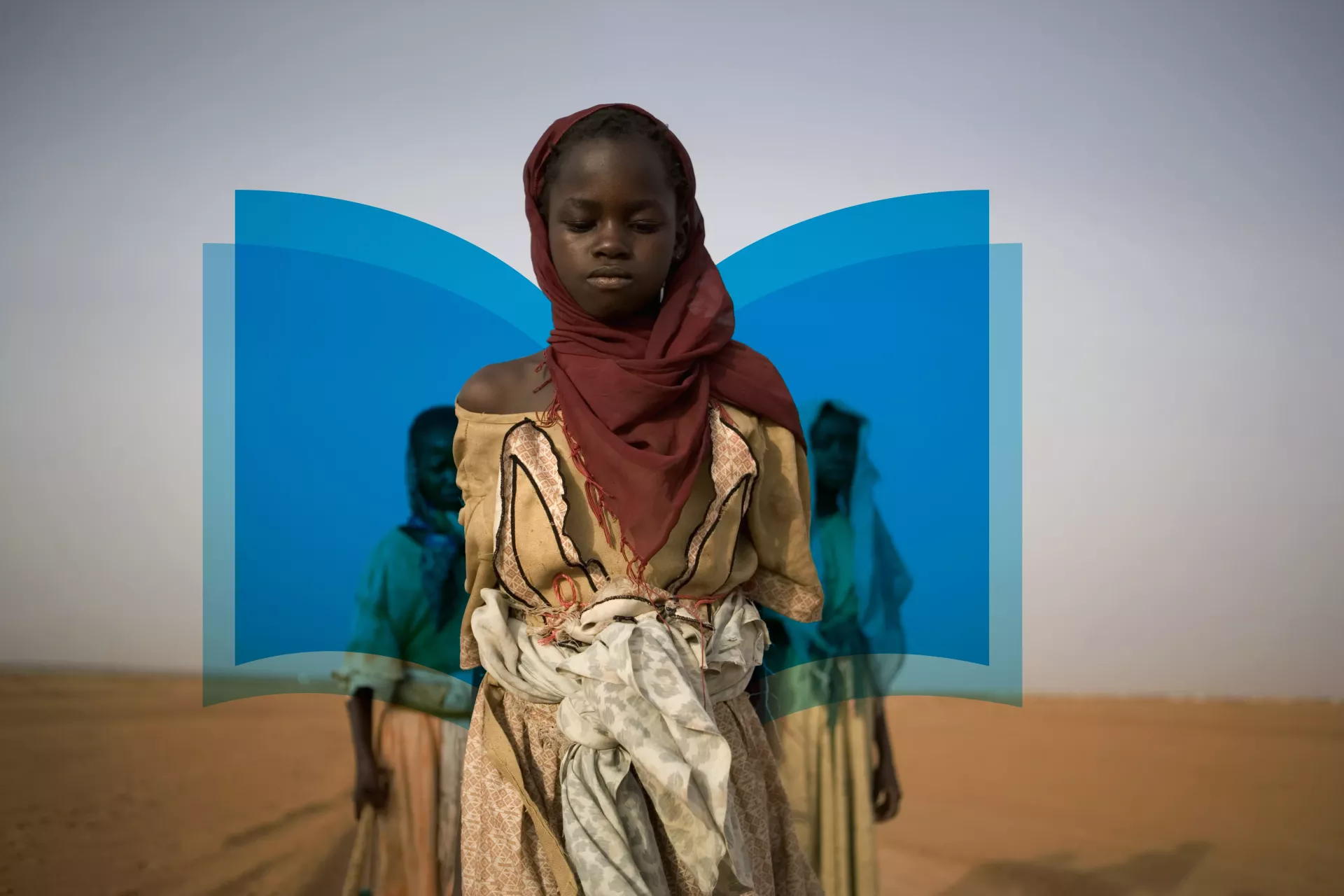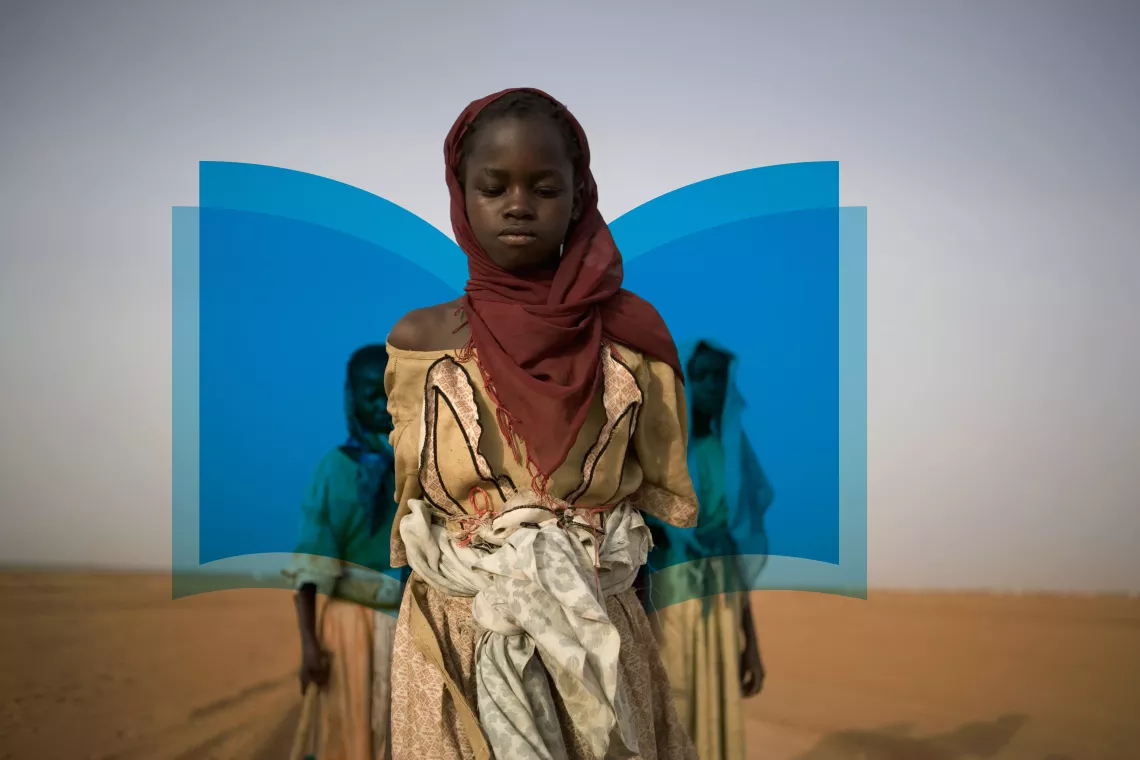Remedial learning
A second chance at education for children in crisis.


How can new breakthroughs in personalized technology-supported learning (i.e. artificial intelligence) be deployed to support remedial education for young people whose education has been disrupted by conflict, shock or migration?
The Issue
There are 263 million school-aged children and young people out of school, 53 per cent are upper-secondary school age. In conflict or disaster-stricken countries, 3 in 10 young people are illiterate. This figure is triple the global rate. The impact of a disruption in education on youngpeople’s development can have permanent effects.
Young people who return to education are likely to face gaps in their learning, and teachers are often unable to accurately address those gaps on a personalized level. Weak learning outcomes for these students are often due to failure or inability to teach at the right level. This, in turn, demotivates those who fall behind their peers and can result in drop-outs.
Remedial learning is usually either not readily available or is too costly. Moreover, many of the existing programmes often focus on the provision of hardware devices to educational facilities, without ensuring that teachers and students themselves fully utilize those tools.
The Opportunity
Technological breakthroughs in personalized learning can quickly identify educational gaps and empower teachers to better tailor the content and intensity of study to students’ needs, abilities and goals.
Technology-enabled personalized learning can also discover students’ knowledge structure, education level and cognitive style, and it can provide precise information that helps clarify misconceptions and optimize their progress.
These technologies have yet to be tested with refugee populations or young people whose education has been disrupted by conflict, shocks or migration. These young people are not only high in numbers, but are also at very high risk of dropping out. Combining technology-enabled remedial education with in-person coaching and guidance from teachers could greatly improve the learning outcomes of these young people.
